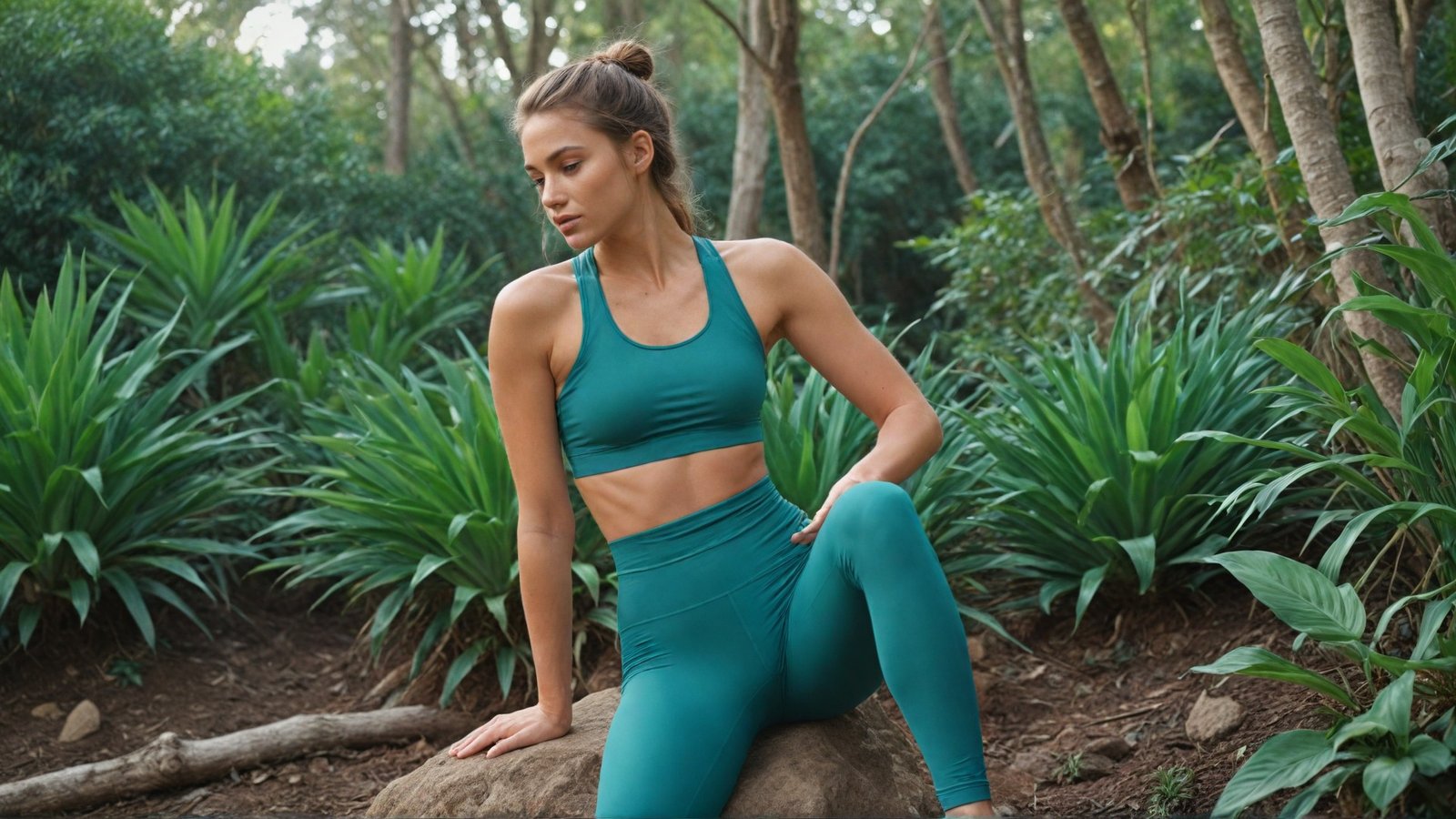Today, we mostly hear sustainability when discussing eco-friendly athleisure trends. The fusion between workout clothes and casual daily attire has become so hard to differentiate that it is no surprise that we are the happiest. This year will not be a matter of who has the best comfort and style in athleisure; it will be a question of who makes eco-friendly apparel that is good for both the body and the planet.
The onset of the environmental athleisure trend has revolutionized our understanding of sportswear. Owning a vibrant color wardrobe that was very easy to throw away has become a problem of the past for the fashion industry. The current state of the fashion industry is seen in nature with natural, recycled, and organic materials that promote sustainability and are a good alternative for the companies that throw away fashion. Let’s go deeper into the new sustainable athleisure that sportswear is changing, but I will also tell you how you will use it in your wardrobe.
The Eco-Friendly Athleisure Boom
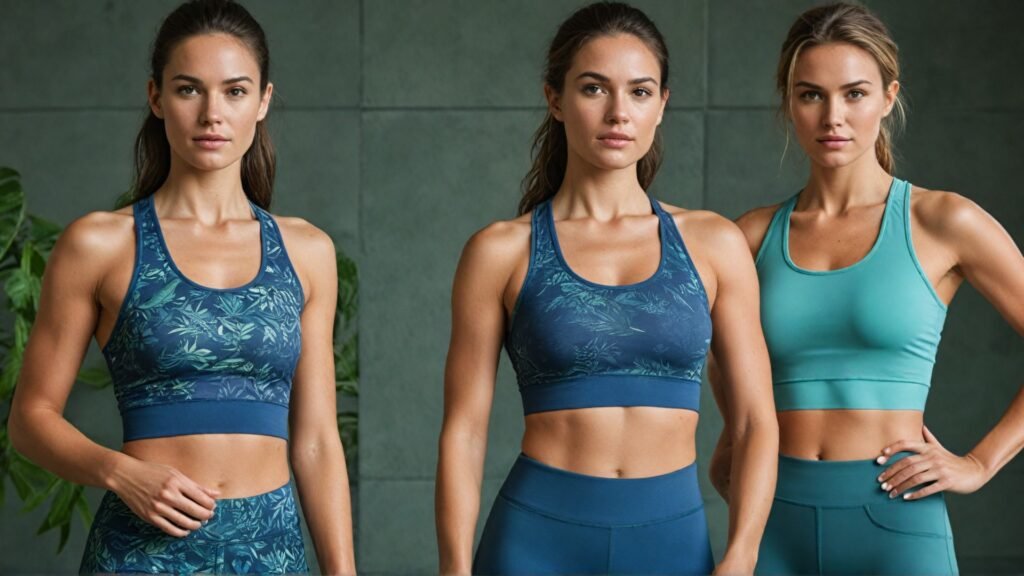
The demand for sustainable clothing is no longer a passing trend; it’s becoming the norm. According to a 2023 report from the Global Data consumer research firm, 66% of consumers are willing to spend more on sustainable brands. With athleisure specifically, eco-friendly options are no longer just for yoga enthusiasts—they’re everywhere, from fitness influencers’ Instagram feeds to your local gym. Sustainability is officially stylish.
Why? One of the biggest factors behind the conscious consumerism movement is the consumer group. Not so long ago, people started to recognize the textile industry as one of the major negative impacts on the environment. Consequently, companies have started to meet those demands with their eco-conscious materials and by admitting their unethical and exploitative practices.
Eco-Friendly Athleisure Trends to Know
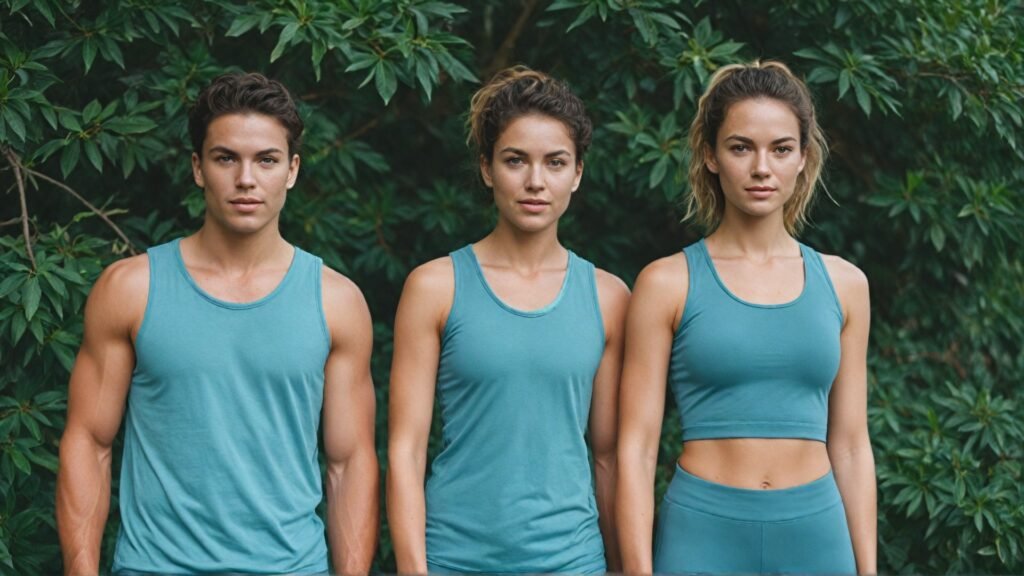
Let’s consider the various edible clothing trends that are eco-friendly and are taking over the fashion trend globally.
1. Recycled Materials: From Waste to Workout Wear
This is one of the most exciting sustainable athleisure trends and is mainly about the use of recycled materials. You may have never seen high-performing materials made from recycled plastic bottles, but it’s not only about amusement; now, it’s a game-changer. Companies use material like recycled polyester, nylon, and spandex that is long-lasting, moisture-wicking, and stretchable as the perfect way for everything from yoga to runners’ running marathons.
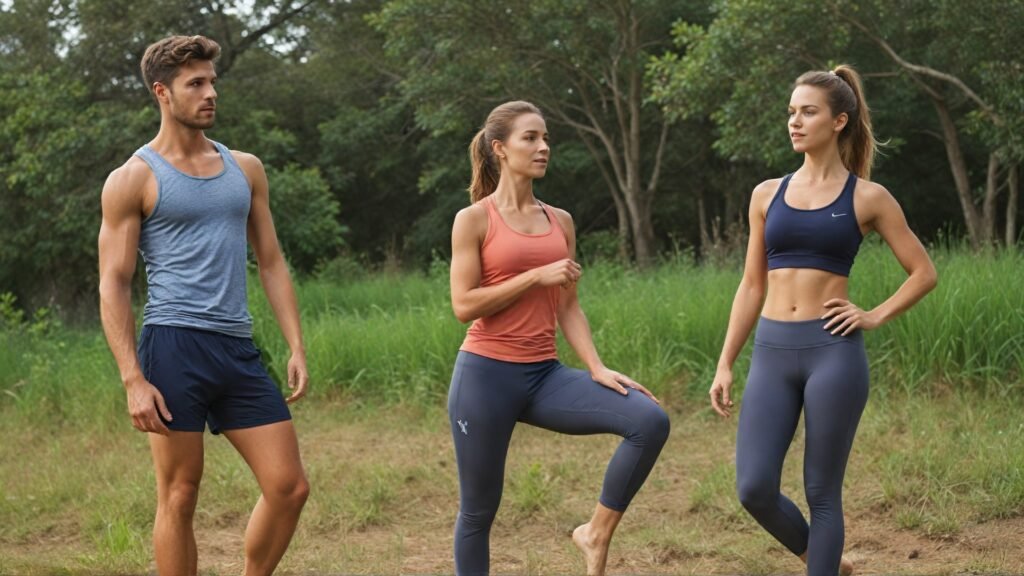
For instance, consider Girlfriend Collective. The company has set itself apart in the athleisure industry by building recycled plastic bottles into a line of super leggings, sports bras, and tanks. According to the company, each of the leggings prevents around 25 plastic bottles from going to landfills. Also, Patagonia adds recycled nylon and polyester to their clothes, the main thing is searching for sustainable performance apparel.
Are you searching for this trend? Then, the best solution will be to find brands that explain in detail the nature of recycled or repurposed fabrics on their label. Now, a lot of companies proudly put on their washing labels their use of ocean plastics or post-consumer recycled content, which means you are supporting cleaning the environment with your workout wear.
2. Organic Cotton: Comfort with a Conscience
Cotton has been a popular choice for athleisure for quite a while, one reason being that it welfares: it’s breathable, soft, and flexible. However, traditional cotton farming of such type is very dependent on pesticides and excessive water consumption, so the demand for organic cotton in the market has increased over the past few years. Organic cotton is grown without the use of harmful chemicals, making it a better choice for the planet; less water and energy are required.
Some Brands like Pact and Organic Basics now use organic cotton in the production of items like leggings, sweatshirts, and tank tops that are very functional and sustainable. Organic cotton remains a very flexible substance that can be used in any situation, such as providing you with comfort in your wear at home, helping you with your light exercises outdoors, or serving as your athleisure outfit piece where comfort is the prime.
Thus, you should nevertheless add to your fashion the casual and eco-friendly aspect of organic cotton. They are ideal for a relaxed athleisure look, which will make you feel at ease in clothes like oversized sweatshirts, joggers, and hoodies. It is among your best choices in this season because it is eco-friendly, and moreover, with its extremely soft nature, you can have the comfort you seek- it is for sure cool!
3. Plant-based Fabrics: The Green Revolution in Athleisure
The environment-conscious fashion field has taken into account the trend for bio-based materials, of which plant-based fabrics are one of the most important. These organic fabrics, which are made from sources such as hemp, bamboo, and eucalyptus, are one of the main natural alternatives to the traditional synthetics. They are the ones that disintegrate into the earth, are always airy, and often need fewer chemicals and fewer resources, including water.
One example is Tencel, the brand that is also known as lyocell and which is made from wood pulp coming mainly from very well-maintained forests. Boldly, Tencel is also allowed to make users experience these fibers that give them the sensation of touching instead of cotton. This fabric is the best fabric for clothing designed for outdoor activities. Lululemon has included Tencel in a few of the new concepts, so shoppers now have an option for a stylish but ecological sports set.
Moreover, Bamboo Clothing stands out as it provides bamboo-based clothes with the advantage of excellent wick ability of moisture and temperature-regulation hibernation in winter. Skin-friendly properties are derived from the fact that they are naturally hypoallergenic, thus creating a healthier body.
Consider turning your attention to sustainable materials by seeking a stylish Tencel, bamboo, or hemp top, leggings, or a sports bra with ultraviolet protection. These textiles no longer merely give the skin a pleasant feeling but, together with their micropatterns, create the ideal blend of comfort and support for active wear activities.
4. Circular Fashion: Buy Less, Wear More
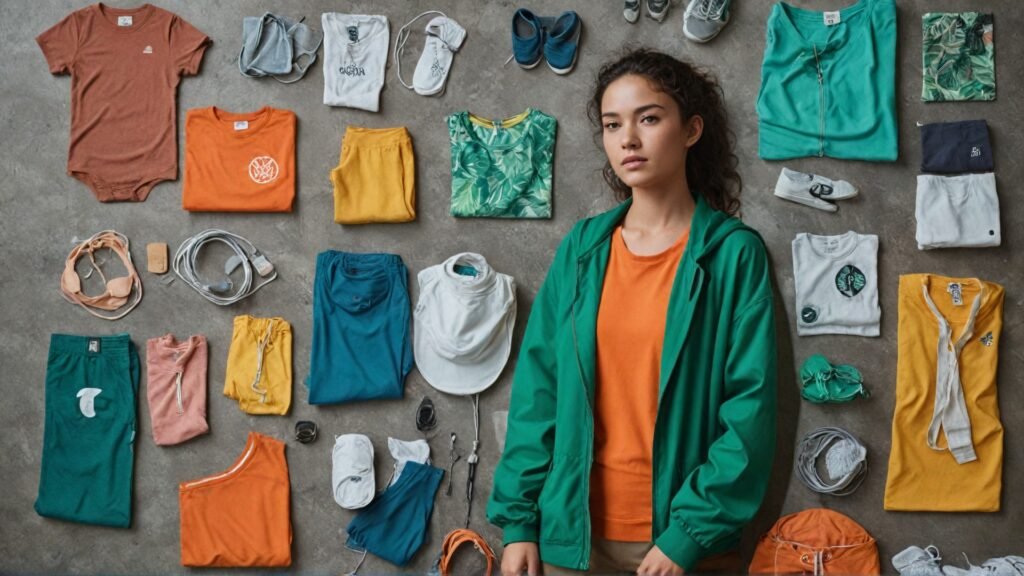
Sustainability is not simply a matter of what clothing materials are being used; it is also about the durability of such clothes once they are made into clothing.
The reuse of clothes is possible when circularity is embraced, leading to the company’s objective of zero waste by the process of reuse, repair, and recycling. In athleisure, it might consist of creative ethical techniques from sustainable sourcing to taking already existing clothing pieces and upcycling them into new items.
Allbirds, a footwear brand that is best known for its ecolet line, has recently extended its range with a few more items that will last longer. This is possible because their clothes are rightly designed to be returned to them once the item is broken, which in turn made them one of the early starters in the field of circular economics. Similarly, the designs and innovations of production like Reebok have created a world with products that are hard to distinguish from the clothes they are setting out to replace.
One way you can help the movement of circular (circular) fashion is by purchasing from brands offering to recycle the clothes and resell items at second-hand stores. Companies have made it easy to participate in this movement. Apps such as ThredUp and Poshmark have been a popular choice for buyers who want to shop more sustainably and at the same time either recycle or reuse existing athleisure items. Furthermore, aside from the app, another way to contribute to the mission of circular fashion is to sell female clothes in knitting style, not to mention the aspects of sustainability, at the upcycle club.
5. Transparency and Ethical Manufacturing

As customers ask for more sustainable varieties, the transparency factor has grown into a principal characteristic of eco-friendly athleisure. The present-day brands are practicing even more than that to make their supply chains ethical, and their products are manufactured with a minimal environmental footprint.
For instance, Outdoor Voices demonstrates the process of recycling by up to 100% and green package manufacturing towards 100% environmental sustainability, and they have implemented the factories in the management of ethical principles. Likewise, Athleta is one of the certified B Corp companies, implying that they have reached the highest social and environmental performance levels.
If you are looking for a brand to buy athletic wear from, look for them to be open about their production, use of ethical labor practices, and support of fair wages. The companies that set out sustainability targets in the public domain help you to be an informed customer and buy those products that do not contradict your values.
Final Thoughts: Eco-Friendly Athleisure for a Sustainable Future
Environmentally friendly athleisure clothing fashions of 2025 represent comfort, style, and sustainability. Out of recycled materials like plastics, even more Earth-kind and eco-conscious activewear are available than before. Moreover, it’s not only related to the look aspect: the idea of feeling good must also be relevant, being sure the clothing you wear is both eco-conscious and made (the people who) the planet must also be a part of it.
There is good news: environmentally friendly athleisure is not only as stylish but also as efficient as previously. The brands that are focusing on sustainability and at the same time maintaining the quality criteria can give you the choice of assembling a wardrobe that matches your active lifestyle and at the same time staying committed to the earth. So, it’s 2025, and whether you’re running or just strolling around, receive practitioners not to forget your home as the place where you found your coziness.
